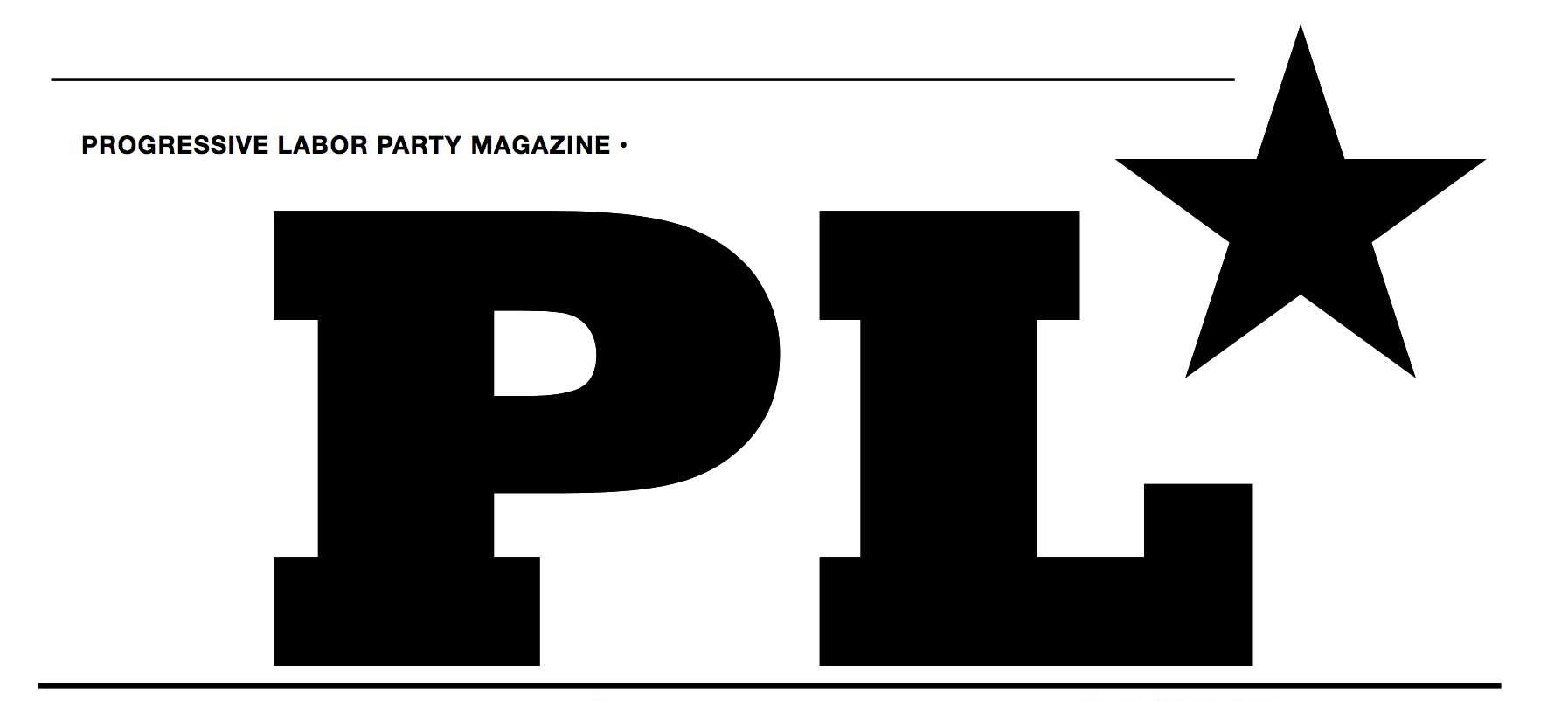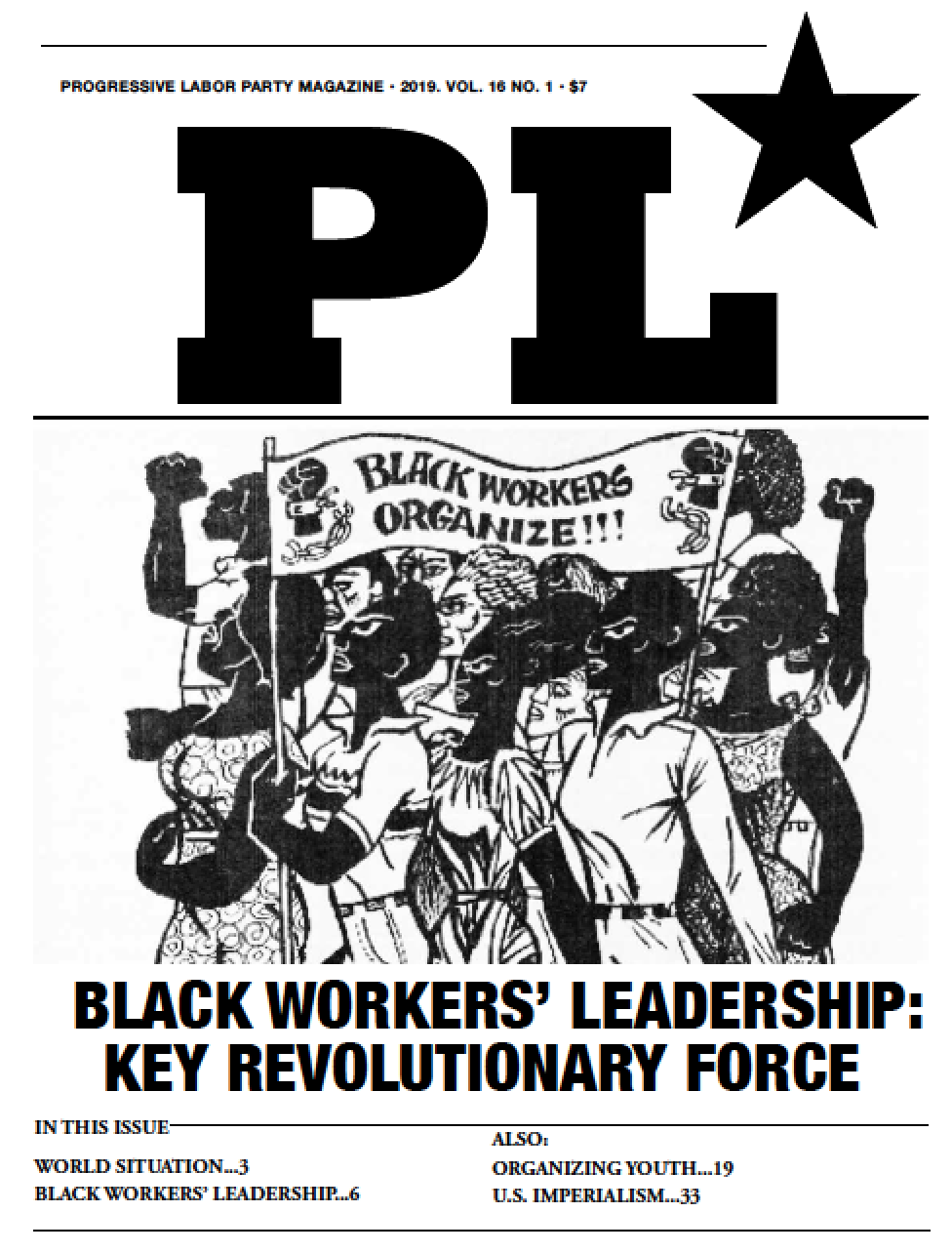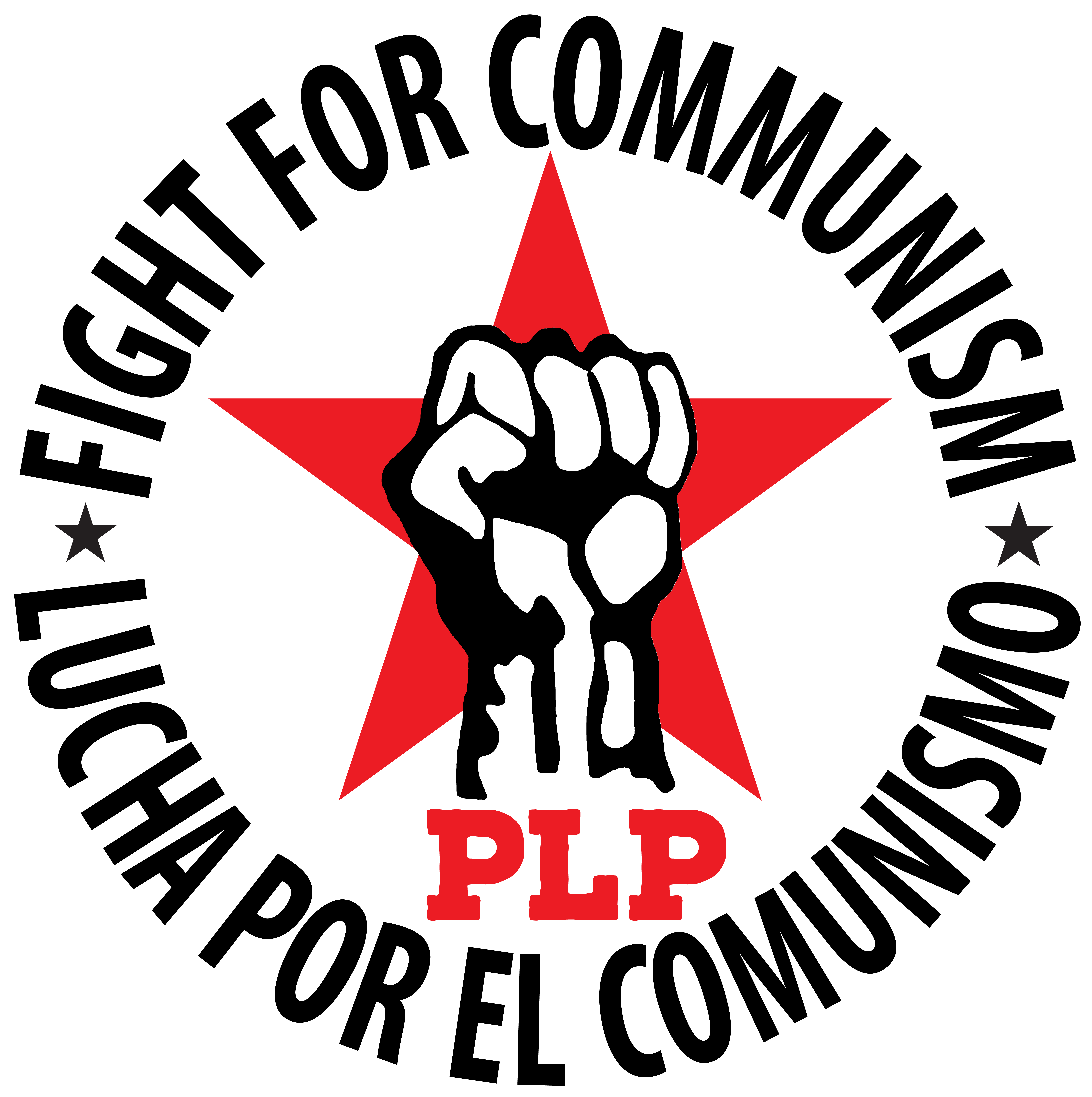Teaching working-class solidarity through novels
 Friday, January 24, 2020 at 7:59PM
Friday, January 24, 2020 at 7:59PM The following two novels by U.S. communist writer Howard Fast analyze and promote working-class class solidarity. Freedom Road (1944) dramatizes the fight against racism in the South after the Civil War, the promise of multiracial solidarity between Black and white farmers during Reconstruction, and its defeat in 1877. The Proud and the Free (1950) is about the Rebellion of the Pennsylvania Brigades of the Revolutionary Army in January, 1780, against brutal treatment by their own officers.
These novels can stimulate students’ interest in the U.S. history that we have been denied. These books connect the class struggles of the past century and of today, the fight against racism and for working-class liberation with the main, though hidden, currents of life.
Freedom Road
Freedom Road (which went on to be a movie with Muhammad Ali as the lead) is an antiracist novel with a class analysis – exactly what is needed in this time, as class analysis of racism, when not denied outright, is indirectly denied through the liberal theories of white privilege and intersectionality.
Fast’s protagonist is Gideon Jackson, a former enslaved worker, who escaped, joined the Union Army, and has returned to South Carolina. He understands the necessity of uniting with white workers, and is elected to the State Legislature. He and other formerly enslaved workers join with working class white farmers to build Carwell, a multiracial farming community.
The former enslavers, still the landowners, engineer the compromise of 1876, the end of Reconstruction, and the withdrawal of U.S. troops from the South. Then they organize and incite the Ku Klux Klan terrorists. The Klan besieges and destroys Carwell, killing everyone.
Fast’s novel is very clear: relying on “voting” is as futile and self-defeating after the Civil War as it was before. Only violence can defeat the class of former enslavers, who now form a landed aristocracy. They depend on keeping Black labor cheap and passive through terrorism, and by disarming their natural allies,white workers, through the false ideology of “white supremacy.”
The most class-conscious personage in the novel is the former enslaver and aristocrat Stephan Holmes. Holmes tells his fellow landowners that their racist prejudice against Black people has blinded them to the abilities and intelligence of the Black formerly enslaved people and of their allies, the poor whites. Holmes uses “race” to disguise “class.”
Fast’s main source is the book Reconstruction: the Battle for Democracy 1865-1876, by James Allen, a historian and member of the Communist Party USA. Allen edited the communist paper The Southern Worker, which had to be produced in secrecy since the Party’s organizing efforts in the South were subject to fascist attack by the Klan and the F.B.I.
The Proud and the Free
The book is narrated by Jamie Stuart, who, as a 22-year-old orphaned son of indentured servants, joined the American Revolutionary Army in the “Foreign Brigade” of Pennsylvania.
The enlisted men live in slum-like housing near Morristown, New Jersey with little food, clothing or money. By contrast, the officers, led by the Continental Army’s General Anthony Wayne, enjoy gourmet food, fine wine, well-tailored clothes, and servants.
The rank-and-file soldiers—Protestants, Jewish, Black, Irish, atheist, and Roman Catholic workers—recognize their fundamental interests in unity on the basis of class, seeing their officers, the gentry, and especially the British, as their common enemy.
Led by a Committee of Sergeants the brigades, through surprise and organization, present a fait accompli to their officers. They form a new, free fighting force. Ultimately the soldiers agree to return to Wayne’s army as long as (1) there are no reprisals; and (2) those who are owed a bounty be paid, and (3) those whose term of enlistment had expired are discharged.
Stuart returns to York, PA, and his fiancée, Molly Bracken. But, drawn by loyalty to his comrades in arms, Stuart rejoins the brigade. Then the officers take their revenge.
After the war, Stuart lives a long life. When his beloved Molly dies, he feels lost. Then an escaped enslaved person comes to his home. Stuart realizes that the new Abolitionist movement has goals like those for which he and his comrades had fought in the Revolution but which were never achieved—the liberation of the working people. He joins the Underground Railroad.
Further readings
Fast based this book on Mutiny in January (Viking, 1943) by Carl Van Doren, the only full-length study of this rebellion and still a good read today. Auxiliary readings that have proven successful in class include: Sterling North’s negative review in the World Telegram & Sun (1950) accusing Fast of “treason” for daring to write about class conflict during the American Revolution, and Fast’s “Reply to Critics” from Masses & Mainstream (1950). Both are available online.
These novels are inspiring because they present a class analysis, something rare in literature. They advocate for multiracial solidarity within the working class. We need challenge readers to apply the lessons of these novels to the class problems of 2020.
(For digital copies of the materials named in this article, write to CHALLENGE).





 Progressive Labor Party (PLP) fights to destroy capitalism and the dictatorship of the capitalist class. We organize workers, soldiers and youth into a revolutionary movement for communism.
Progressive Labor Party (PLP) fights to destroy capitalism and the dictatorship of the capitalist class. We organize workers, soldiers and youth into a revolutionary movement for communism.




Reader Comments